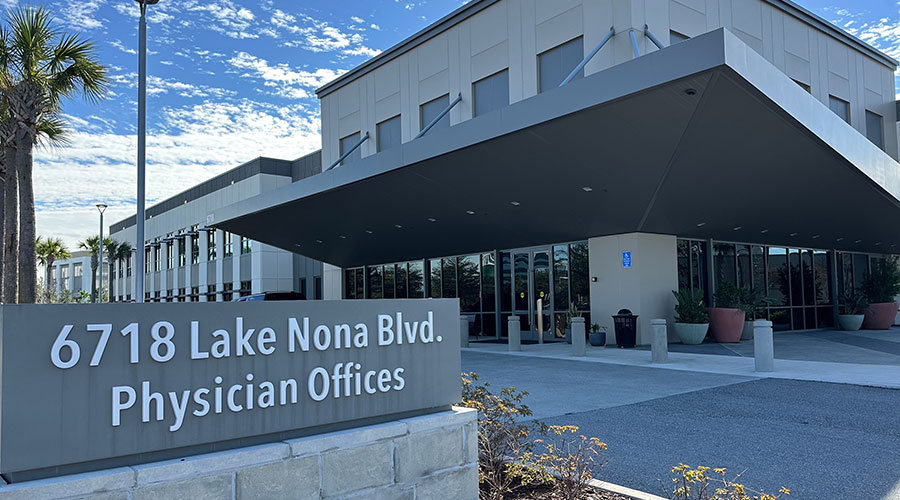Q: Our facility recently installed water-mist fire extinguishers in all of our operating rooms, which is the sole fire suppressant. Is this acceptable?
A: It could be okay to have water-mist portable fire extinguishers in the operating rooms, provided there is a Class B:C fire extinguisher within 50 feet travel distance from inside the ORs.
The typical water-mist fire extinguisher is rated for Class A and Class C fires; both of which are possible in an operating room. But what about Class B fires? Most operating rooms are known to have flammable liquids, and a Class B fire extinguisher would be required. NFPA 10 says the travel distance to a Class B fire extinguisher is either 30 feet for low capacity extinguishers and low hazard areas, or 50 feet to moderate capacity extinguishers and low to moderate hazards. The OR could be rated as a low hazard area, but typically a Class 10-B CO2 extinguisher qualifies for a 50-foot travel distance and a Class 5-B CO2 extinguisher qualifies for the 30-foot travel distance.
But I would suggest that your Infection Control people weigh-in on this debate because the typical water-mist fire extinguisher consists of tap water, pressurized with compressed air. That is a recipe for a breeding-ground for germs. I’ve seen some hospitals use distilled water in their water-mist fire extinguishers and pressurize it with nitrogen, to discourage germ growth. But the IC folks should have a say in this because a water-mist fire extinguisher would be expected to be used on a patient who is on fire, in surgery with an open cavity.
Here is what I would suggest:
-
Remove the water-mist fire extinguishers from the operating rooms.
-
Install 10-lb Class 10-B:C CO2 portable fire extinguishers inside each OR. This will handle all Class B and Class C fires that may occur in the OR. Discharging a CO2 extinguisher in an operating room would not be detrimental to the patient.
-
Rely on the staff having sterile water in the operating field to extinguish any Class A fires that may occur. Sterile water dosed on a patient would not be detrimental to the patient.
-
Definitely remove all Class ABC dry chemical fire extinguishers from the surgery department, so they will not be accidentally used on a patient. Nearly the last thing you want is dry powder sprayed into an open cavity of a patient during surgery.
You say the water-mist fire extinguishers are the sole fire suppressant. Does the OR have water-based fire protection sprinklers? If not, why not? There have been some mistaken ideas that water drips from sprinklers and some surgeons ‘prohibit’ sprinklers in their ORs. While it is true that a defective sprinkler could drip water, it is extremely rare and unlikely. Nevertheless, a pre-action sprinkler system would be an acceptable answer as the sprinkler pipe over each OR would be dry.
Brad Keyes, CHSP, is the owner of KEYES Life Safety Compliance, and his expertise is in the management of the Life Safety Program, including the Environment of Care and Emergency Management programs

 States Move Forward to Better Protect Senior Citizens
States Move Forward to Better Protect Senior Citizens Archer and REDA to Transform Newport Beach Building into Outpatient Center
Archer and REDA to Transform Newport Beach Building into Outpatient Center Sunflower Medical Group Facing Lawsuit Following January Data Breach
Sunflower Medical Group Facing Lawsuit Following January Data Breach Nemours Children's Health Opens New Location in Lake Nona
Nemours Children's Health Opens New Location in Lake Nona Enhancing Safety at Hennepin Healthcare with a Screening System
Enhancing Safety at Hennepin Healthcare with a Screening System